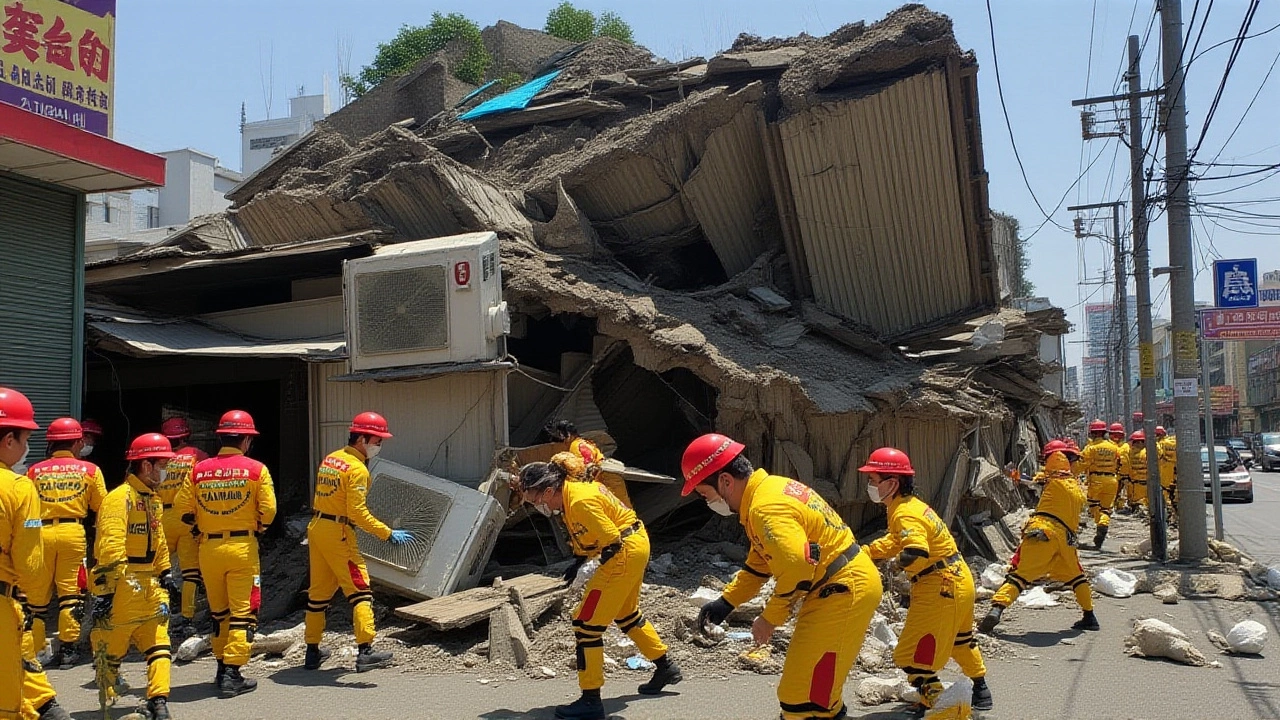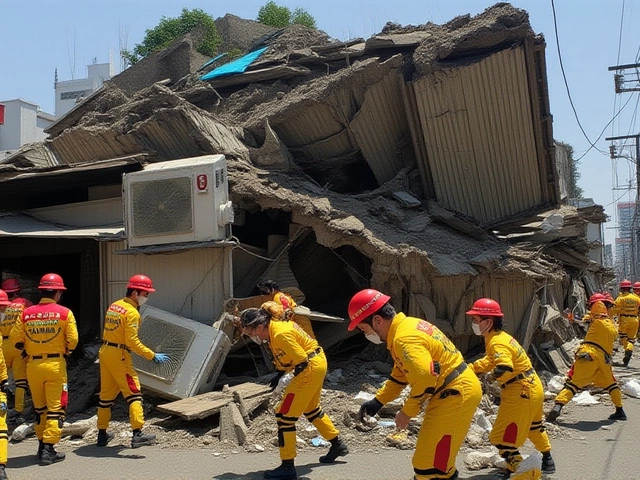Magnitude 7.4 – What It Really Means
When talking about Magnitude 7.4, a measurement on the Richter or moment magnitude scale that quantifies the energy released by an earthquake. Also known as a 7.4 magnitude earthquake, it usually produces strong ground shaking over a wide area. Earthquake, the sudden release of stress along a fault line that creates seismic waves is the event that this number describes. The Seismic scale, a logarithmic system used to rate the size of earthquakes translates raw energy into a readable figure, so you can compare one quake to another. Together, these concepts show why a magnitude 7.4 is a serious natural hazard.
How Tectonic Plates Drive a 7.4 Event
Underneath the surface, tectonic plates, large slabs of Earth’s lithosphere that move slowly over the mantle grind, collide, and slide past each other. When stress builds up faster than the rocks can bend, the fault ruptures and releases energy – that’s the earthquake you feel. A magnitude 7.4 usually indicates a rupture of several tens of kilometres along a major plate boundary. The size of the fault line, the depth of the focus, and the speed of slip all influence the final magnitude. In short, the plate motion is the engine, the fault is the spark, and the seismic scale reads the result.
Once the main shock hits, aftershocks, smaller tremors that follow the primary quake as the crust readjusts can continue for days, weeks, or even months. Aftershocks often register between magnitude 4.0 and 6.0 after a 7.4 event, and they can cause additional damage to weakened structures. Monitoring agencies use the same seismic scale to track these follow‑up quakes, helping emergency teams prioritize inspections. The relationship between the main event and aftershocks is a classic example of how one seismic event influences another.
When it comes to real‑world impact, a magnitude 7.4 can produce severe ground loss, building collapse, landslides, and coastal flooding if the epicenter is near the ocean. The damage assessment process relies on data from seismometers, satellite imagery, and field surveys. Engineers look at peak ground acceleration, shaking duration, and local soil conditions to estimate likely casualties and repair costs. This assessment guides governments in deploying resources, from medical aid to temporary shelters.
Preparedness hinges on understanding the whole chain: plate motion creates fault stress, fault rupture triggers the earthquake, the seismic scale quantifies it, and aftershocks keep the risk alive. Public education campaigns often focus on “Drop, Cover, Hold On” during the shaking, but long‑term safety also means retrofitting buildings, enforcing strict building codes, and having robust emergency plans. All of these steps are tied together by the same scientific framework that defines a magnitude 7.4.
Technology plays a growing role, too. Modern seismographs feed data in real time to early‑warning systems that can give seconds of notice before strong shaking arrives. These systems use the same magnitude calculations to decide whether to issue alerts. Mobile apps, sirens, and automated shutdowns of utilities all depend on that single number to act quickly.
Overall, a magnitude 7.4 is more than a statistic; it’s a snapshot of a complex natural process that involves plates, faults, waves, and human response. By breaking down each piece – the earthquake itself, the seismic scale, the tectonic setting, the aftershocks, and the damage assessment – you get a clearer picture of why this level of shaking matters and how societies can cope. Below you’ll find a curated set of articles that dig deeper into each of these angles, offering tips, case studies, and expert analysis to help you stay informed and prepared.
1
7.4‑Magnitude Quake Kills 18, Injures 1,100 in Taiwan
A 7.4‑magnitude quake struck near Hualien on April 3, 2024, killing 18 and injuring over 1,100. Rescue crews, led by Hsu Chen‑wei and the National Airborne Service Corps, mobilized across Taiwan to aid victims.






